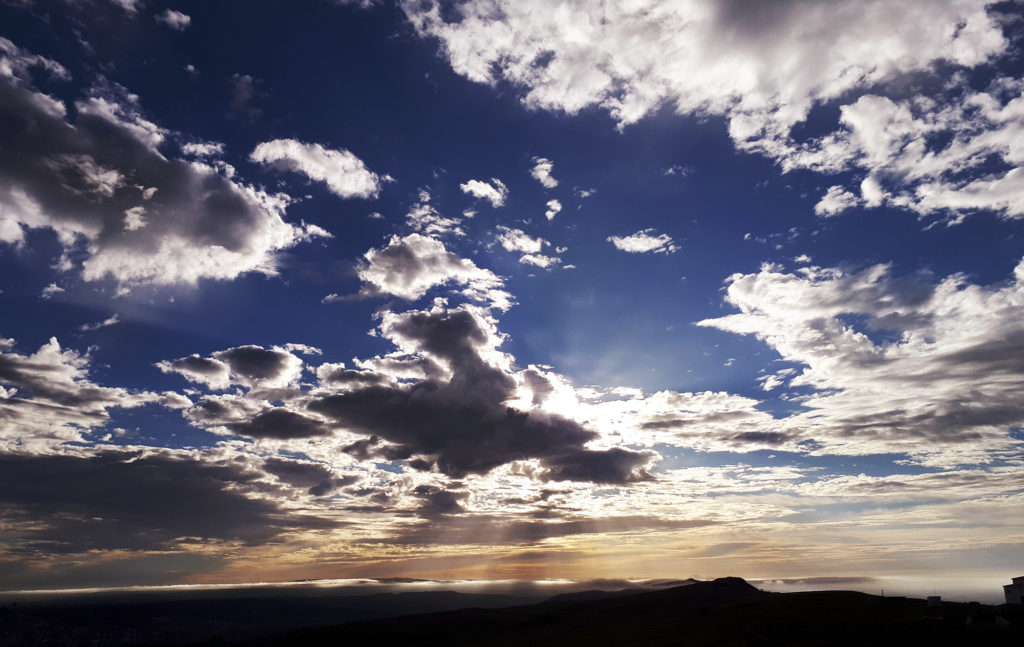Ruth Woudstra
Take out my phone. That is the first thing I do when waiting in a queue. And why not? I have had no chance to check my messages all day!
But then that little voice – the one I try to suppress for much of the day, reminds me that this is a perfect opportunity to do some yoga.
Yoga encompasses more than just physical postures, incorporating elements such breathing techniques and meditation. This Sanskrit word means ‘union’, and is often interpreted as the development of a stronger connection between body and mind.
Standing in a queue is the ideal time to engage in several yoga practices, none of which will leave you feeling embarrassed. In fact, your fellow queue-waitees may not even be aware of what you’re up to.
Mountain pose is the foundation of all standing postures. While tucking the tummy in slightly and lengthening the spine, you can relax your shoulders and arms. This position not only helps improve posture and respiration, it also develops confidence.
If your mind is still all over the place, you can now bring your attention to your breath. Yogic breathing involves allowing the belly, then the chest, then the shoulders to expand as you breathe in. As you exhale, feel the shoulders drop, the chest relax, and all the air being expelled from the belly. Deep breathing exercises help to reduce anxiety, and balance out our stressful lives.
Finally, you can do a grounding exercise. Grounding means physically connecting with the earth. Where we spend most of the day running around (often literally!), standing still is calming and reconnects us with being instead of doing. Imagine roots growing into the earth, and that you are stable, secure, and balanced.
All of the above should ideally be done barefoot and with eyes closed, but may only be for the brave!
Ultimately, the five minutes spent reconnecting with your body, breath, and the earth, could give you the boost you need to get through the rest of the day. At least, this is what I have to remind myself when I automatically reach for my phone.


